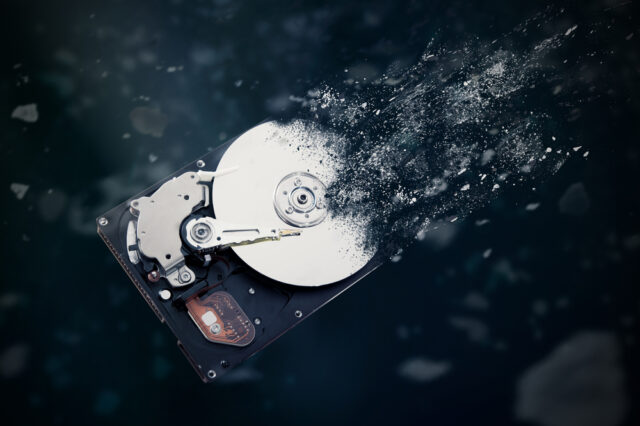
Cloud versus hard drive. Once again, about secure data storage
Cloud versus hard drive. Once again, about secure data storage
When a person begins to use video surveillance, one has a question regarding the safety of video files: how to protect data from theft and the system from hacking? In this article, you will find out which is better: hard drive or cloud.
Classic or new technologies?
Initially, all video surveillance data was stored on recorders and hard drives. The technology is as follows:
- information from cameras is transmitted to the DVR through cables;
- the data is then stored on the hard drive.
But with the development of the IT sphere, cloud video surveillance has pushed analog surveillance out of the market. Cloud data storage is a remote service that receives data from surveillance cameras. Access to the archive is given through a unique security code and an Internet connection.
Benefits of using hard drives/recorders
We do not consider analog recorders because this is already an outdated model. It requires wiring, is challenging to scale, and produces poor image quality.
DVRs can be digital. They are distinguished by high-quality shooting, ease of upgrading, and work via the Internet. The advantages of such a hard disk system:
- versatile functionality (for example, backup, reducing the video volume to the required one, recording in different modes, etc.);
- high-quality sound and picture;
- remote viewing of files;
- simplified transmission of information to law enforcement and other security agencies;
- the ability to copy data from a hard drive to another storage.
More information about video recorders and hard drives for storing video can be found in the article: “Camcorder for surveillance cameras“.
Benefits of cloud storage
In cloud technology, special attention is paid to the method of storing information. It is believed that this is the most economical and most straightforward option for today on the market since it does not require additional equipment to exist.
You can find a complete list of costs for a home analog monitoring system here.
Cloud benefits:
- access to the storage anytime, anywhere through an online connection;
- automatic system update;
- initial setup and installation of equipment takes on average 20 minutes without the help of professionals;
- high level of cybersecurity;
- the ability to scale at any time;
- video analytics functions.
More information is in the articles: “Cloud video surveillance for business: install in 3 steps” and “Cloud video surveillance for your home. TOP-5 advantages”.

We choose the cloud
Faceter is a cloud-based video surveillance service on your phone. You no longer need to put operators near computers or come to the site to view the recordings. A video surveillance system is in your pocket.
How do I log into the cloud storage to view the data? Install the mobile application, mount the cameras/phones, and the monitoring system is ready.
Faceter is not only about the eyes but also about the brain. The service recognizes faces, analyzes what is happening, and can search for people by recording histories. For more information about the capabilities of the application, follow the link.
Hacking fear and actual statistics
Many people question cloud storage for fear of hacking a remote service. But according to research by Kaspersky Lab, 90% of information leaks occurred down to the fault of the users themselves.
And you can learn about possible threats and statistics in the article: “Cloud storage and fear of hacking. 6 possible threats to the system”.
Conclusions on the topic
You can choose any method and storage device. But the global market is rapidly abandoning recorders and hard drives in favor of cloud video monitoring. Choose a state-of-the-art solution to protect your control systems securely.







